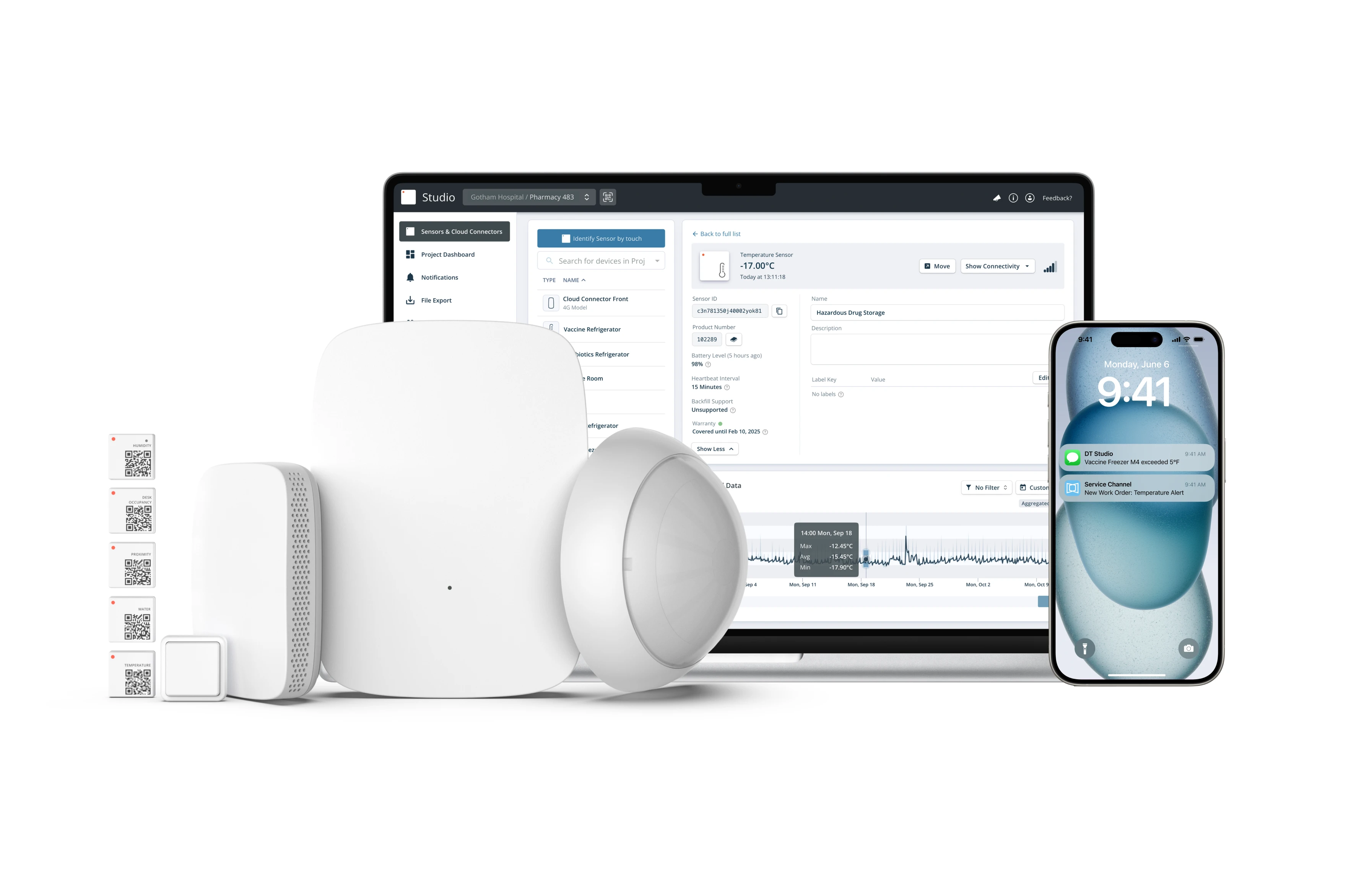Smart Cleaning Using Sensor Data: A Modern Approach to Office Cleanliness
.png)
Facilities management companies such as Coor and Klüh Multiservices are using sensors to understand how spaces are used, improving the efficiency of their cleaning programs and, in turn, providing better service for their customers. By collecting occupancy and usage data, they can identify which cleaning services are essential, eliminate redundancies, and uncover previously unknown needs. In short, cleaning programs are getting smarter.
The Role of Sensors In A Smart Cleaning Program
By understanding how a building is used, these companies can look at their cleaning routines and ask if what they currently do makes sense. For example, are parts of the building regularly cleaned but not regularly used? Are there heavily used areas that require more attention than they receive? Using sensors makes monitoring occupancy levels and usage trends easy, allowing for targeted adjustments to cleaning schedules and resource allocation.
Renate Haugland, Equinor Account Manager at Coor, explains: “Until we bring data into the process, cleaning will be done how it has always been done. But by applying a data-driven approach, we can align cleaning efforts with actual demand. We can reduce unnecessary labor, make resource allocation easier, and avoid stressing cleaning teams following a rigid checklist.”
She continues by pointing out: “The data might show that you still need the same number of cleaners in the building, but, for example, that the toilets require more frequent cleaning and the meeting rooms need less.”
How is the Data Collected?

Data collection for Smart Cleaning programs involves setting up different types of sensors throughout a building. Motion sensors detect movement and occupancy in rooms and areas; desk occupancy sensors monitor desk usage, identifying which workstations are used when; and door and window sensors track the frequency of door openings, for example, in bathrooms or service areas.
With the data from the sensors, cleaning providers can build a picture of space utilization, occupancy patterns, and traffic flow throughout a space. They can then direct their services where they are most required. For example, they can adjust vacuuming schedules or floor maintenance in lower-traffic areas, adjust how often soap and towels are replaced in a restroom; or identify the most commonly used entry points to prioritize cleaning those areas more regularly.
Get Smarter Over Time
Smart Cleaning programs enable trend analysis and predictive cleaning measures. For example, door sensors in a public restroom can reveal daily usage trends. If data indicates peak usage during certain hours, cleaning schedules can be adjusted to ensure more frequent cleaning. During periods of lower usage, resources can be reallocated to other areas. This approach enhances the cleanliness of high-traffic spaces and reduces unnecessary cleaning efforts where they are not immediately required.

Predictive cleaning can use machine learning algorithms to analyze historical data and predict future cleaning needs. Algorithms can factor in variables like event schedules, occupancy trends, and employee vacation patterns to optimize cleaning schedules accordingly. Additionally, knowing how often services such as bathrooms are used gives an indication of how frequently to replenish inventory. Predictive cleaning systems can learn and adapt over time, more accurately predicting cleaning needs.
Klüh Multiservices recently announced their new Eco System for Smart Services. The platform, developed by the company’s Center of Digital Excellence (CoDE), uses Disruptive Technologies sensor data to facilitate customizable real-time services.
Feliz Fiedler, Head CoDE states: “With the help of digital tools, we are taking our facility-related services to a new level, optimizing numerous processes for the benefit of our customers.”
An example is the installation of touch sensors in meeting rooms and service areas. Touching these sensors alerts the cleaning staff that attention is required in a particular area. The company also uses occupancy and proximity sensors to understand usage and tailor its services accordingly.
Bottom Line
Smart Cleaning using sensor data represents a modern and efficient approach to office cleanliness. By leveraging occupancy and usage insights, businesses can optimize their cleaning strategies, reduce costs, and provide a better service for customers. Smart Cleaning will remain at the forefront of facility management as technology advances, adapting to the evolving needs of the modern-day workplace.

Discover the Wireless Door & Window Sensor
Get Started






